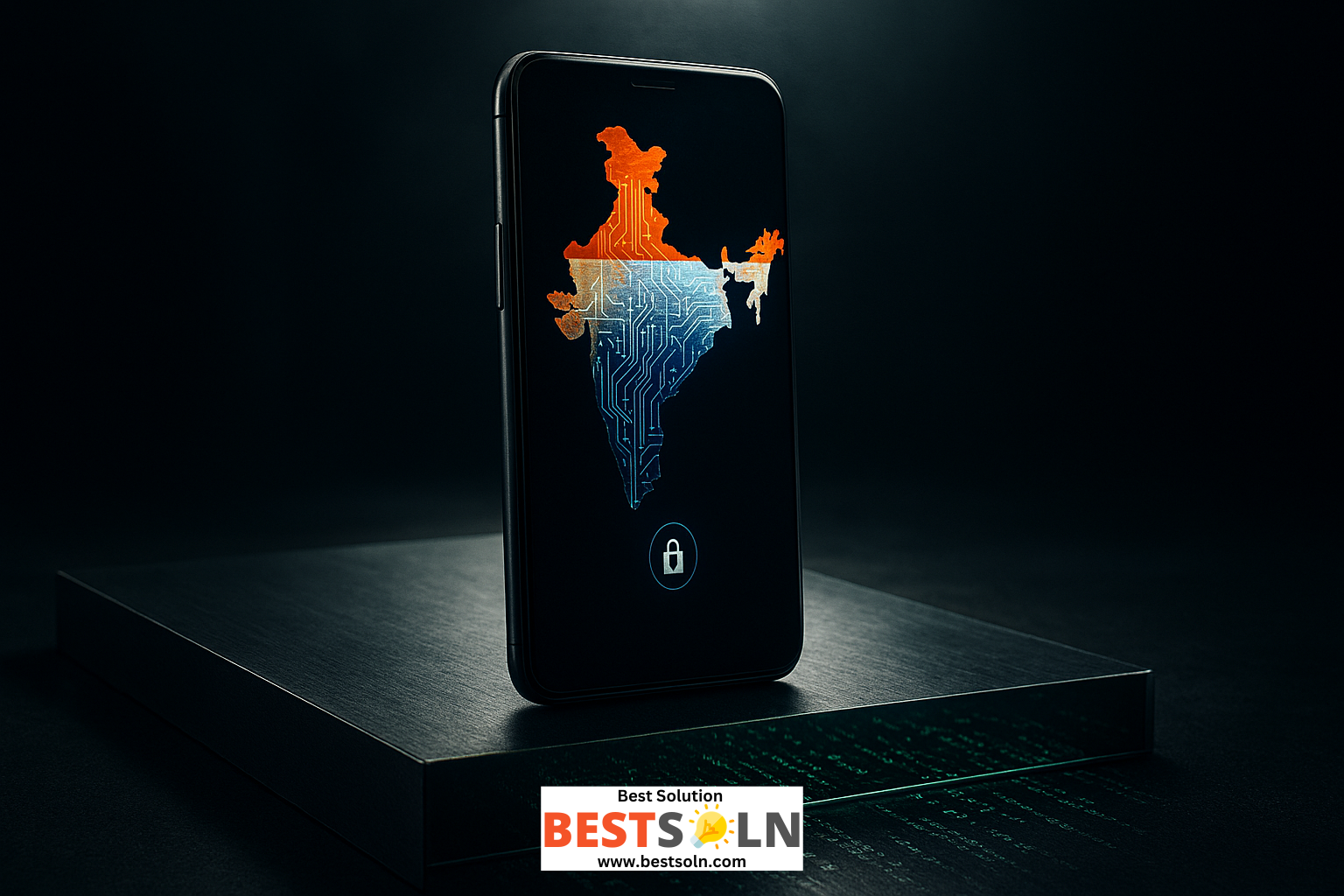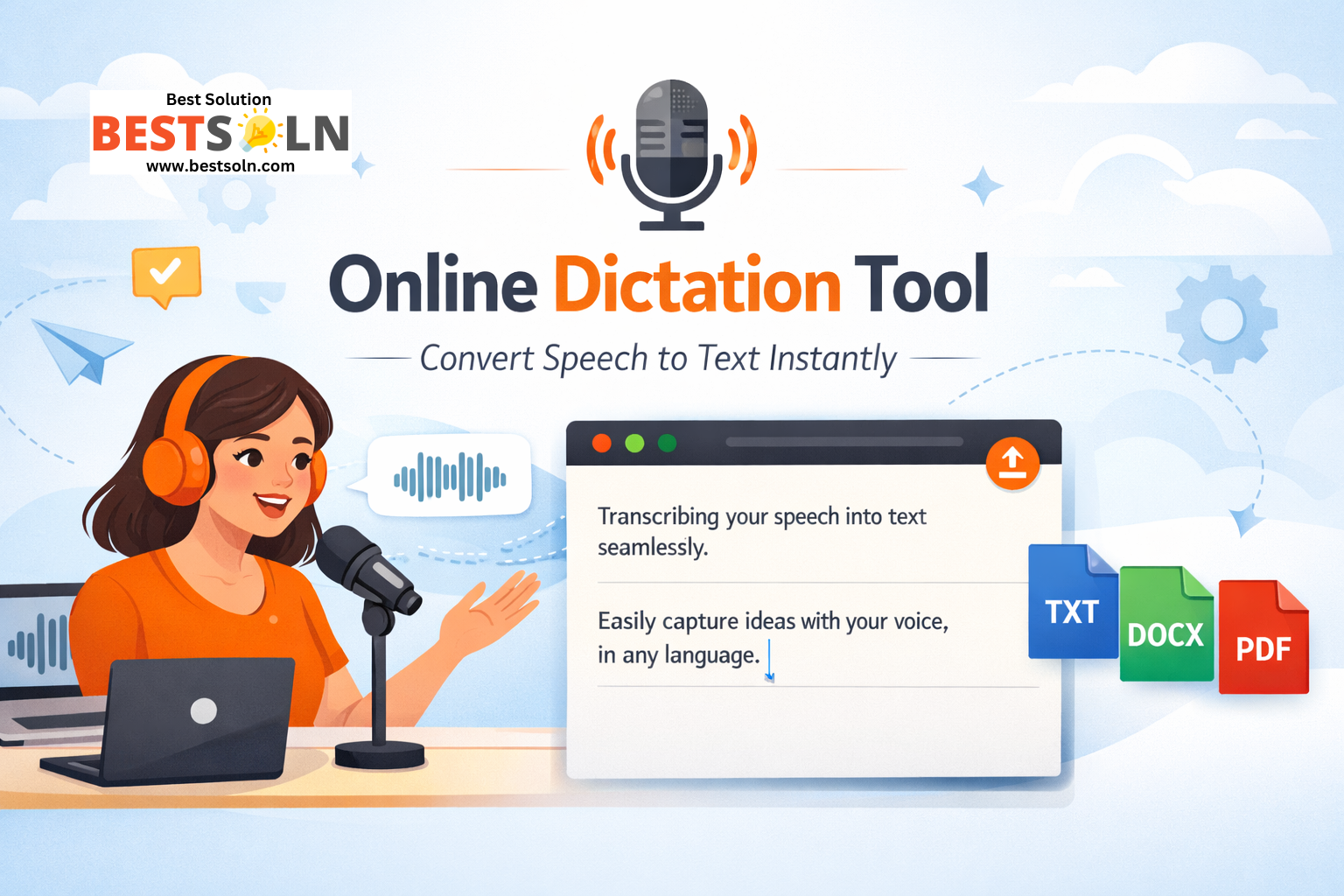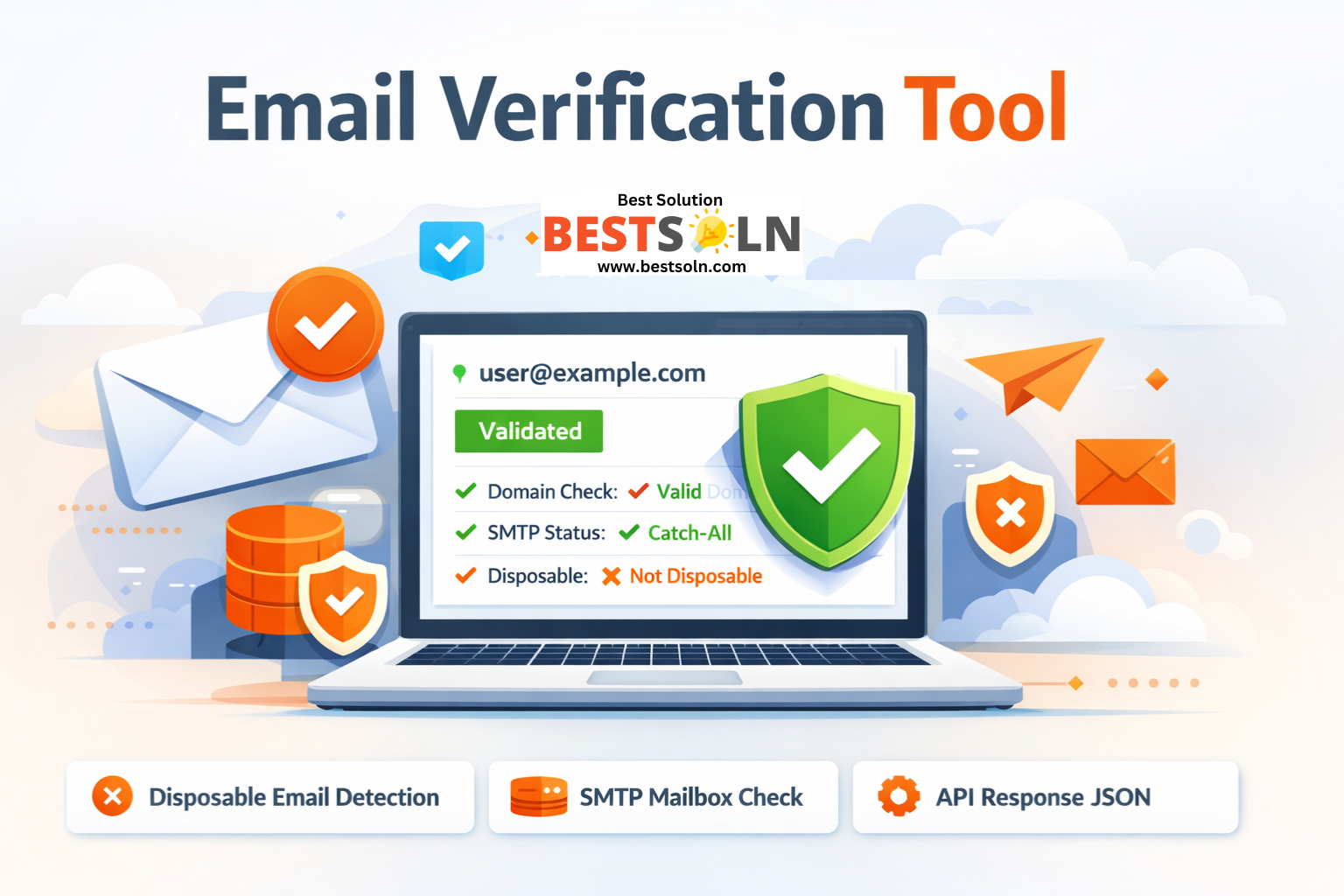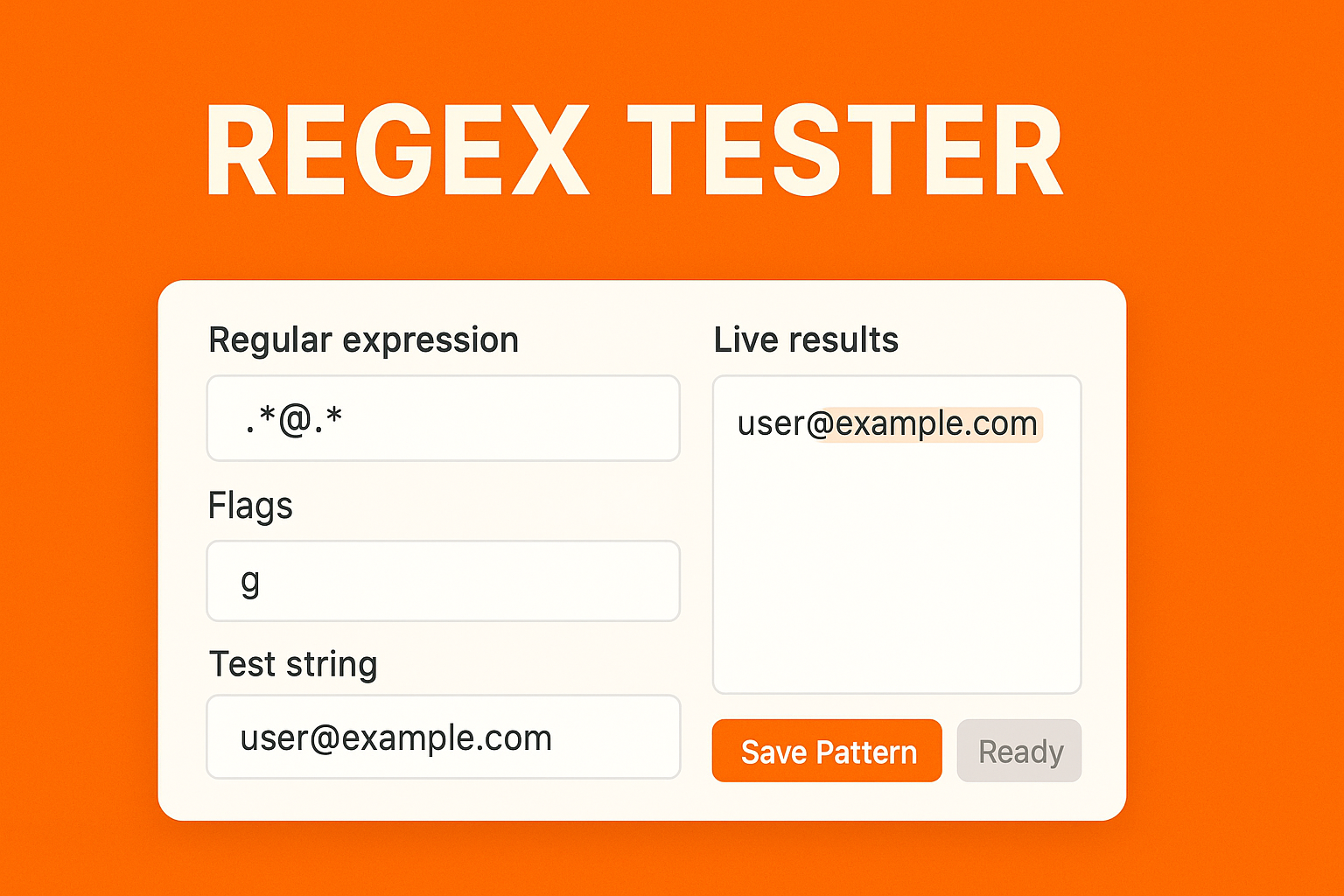- Home
- /
- Courses
- /
- Fundamentals of Intellectual Property
- /
- G. Intellectual Property in the…
Introduction
The digital age has transformed the landscape of intellectual property (IP), reshaping how we create, share, and protect ideas in a world of instant connectivity and boundless innovation. From streaming music on Spotify to generating art with AI tools like DALL-E, digital technologies have revolutionized creative and commercial ecosystems, challenging traditional IP frameworks. Patents, copyrights, trademarks, and trade secrets now navigate a terrain of algorithms, blockchain, and user-generated content, raising profound questions: Who owns an AI-generated work? How do we combat global digital piracy? Can trademarks thrive in the virtual chaos of social media? This chapter explores the dynamic intersection of IP and digital technology, unraveling the opportunities, complexities, and ethical dilemmas of protecting ideas in a hyper-connected world.
The digital revolution has democratized creativity, empowering individuals to share content globally while amplifying risks like piracy, cybersquatting, and data breaches. As businesses and creators adapt to platforms, artificial intelligence, and emerging technologies, IP law must evolve to balance innovation with protection. Through vivid case studies, legal analysis, and forward-looking insights, this chapter illuminates how digital advancements are redefining IP, offering practical guidance for navigating this new frontier. Whether you’re a tech entrepreneur, a content creator, or a consumer in the digital marketplace, understanding IP in the digital age is essential to thriving in the 21st century.
The Digital Transformation of IP
The advent of the internet, cloud computing, and AI has reshaped every facet of IP:
- Patents: Digital technologies, from blockchain protocols to machine learning algorithms, challenge patent eligibility. Courts grapple with whether software or AI-driven inventions qualify as patentable subject matter under laws requiring tangible, non-abstract innovations.
- Copyrights: Digital platforms enable instant sharing of music, films, and literature, but also fuel piracy. Streaming services rely on complex licensing, while user-generated content on YouTube or TikTok blurs the line between creation and infringement.
- Trademarks: Social media handles, domain names, and hashtags have become virtual trademarks, with brands like Nike policing their identity across platforms. Cybersquatting and brand misuse in the metaverse pose new threats.
- Trade Secrets: Cybersecurity is critical as digital breaches, like the 2014 Sony Pictures hack, expose confidential data. Remote work and cloud storage heighten the risks of trade secret misappropriation.
The digital age demands agile IP laws that address these challenges while fostering innovation. The World Intellectual Property Organization (WIPO) estimates that digital industries, heavily reliant on IP, contribute over 10% to global GDP, underscoring the stakes.
Copyright in the Digital Realm
Copyright law faces unprecedented challenges in the digital era:
- Streaming and Digital Distribution: Platforms like Netflix and Spotify operate on intricate licensing agreements, paying royalties to copyright holders. However, illegal streaming sites cost the industry $30 billion annually, per a 2020 Digital TV Research report.
- User-Generated Content: Social media platforms host millions of videos, memes, and posts, often incorporating copyrighted material. The U.S. Digital Millennium Copyright Act (DMCA) of 1998 provides a “safe harbor” for platforms like YouTube that remove infringing content upon notice, but disputes over fair use—such as a viral dance video using copyrighted music—persist.
- AI-Generated Works: AI tools creating art, music, or literature raise questions about authorship. In 2022, the U.S. Copyright Office ruled that an AI-generated image could not be copyrighted unless significant human input was involved, as seen in the case of Zarya of the Dawn. This sparks debate over whether AI can be a creator or merely a tool.
- Non-Fungible Tokens (NFTs): NFTs, using blockchain to verify ownership of digital assets, have exploded in popularity. However, buying an NFT does not automatically grant copyright to the underlying work, leading to disputes like the 2023 Hermès vs. Mason Rothschild case over “MetaBirkin” NFTs infringing Hermès’ trademark and design rights.
The EU’s Copyright Directive (2019) introduced stricter rules, holding platforms liable for user-uploaded content, sparking debates over censorship versus creator rights. Copyright law must evolve to address these digital realities.
Patents and Emerging Technologies
Patents face unique challenges in the digital age, particularly with AI and blockchain:
- AI and Patentability: AI-driven inventions, like algorithms optimizing drug discovery, blur the line between human and machine creativity. In 2020, the USPTO rejected a patent application listing an AI (DABUS) as the inventor, affirming that only humans can hold patents. Courts in the EU and Australia echoed this, though South Africa granted the patent, signaling global divergence.
- Blockchain and Cryptography: Blockchain technologies, underpinning cryptocurrencies and NFTs, rely on patents for consensus algorithms and security protocols. IBM holds over 1,000 blockchain-related patents, but open-source models challenge traditional patent strategies.
- Software Patents: The U.S. Supreme Court’s Alice v. CLS Bank (2014) decision tightened patent eligibility for software, requiring a “technical contribution” to avoid being deemed abstract. This has limited software patents, impacting tech giants like Google.
These issues highlight the need for patent law to adapt to rapidly evolving technologies while preventing over-patenting that stifles innovation.
Trademarks in the Virtual Marketplace
The digital world has expanded the scope of trademarks:
- Domain Names and Cybersquatting: Domain names like “nike.com” function as virtual trademarks. The Uniform Domain-Name Dispute-Resolution Policy (UDRP) allows brands to reclaim infringing domains, as seen when Madonna recovered “madonna.com” in 2000.
- Social Media and Hashtags: Brands monitor platforms like X for unauthorized use of their marks in usernames or hashtags. In 2023, Tesla pursued accounts mimicking its brand, highlighting the need for digital vigilance.
- Metaverse and Virtual Goods: Virtual worlds like Decentraland and Roblox introduce trademark challenges for virtual products. Nike’s 2022 trademark filings for virtual sneakers signal a new frontier, but disputes over virtual counterfeits are emerging.
Trademark law must address these virtual spaces, balancing brand protection with creative freedom.
Trade Secrets and Cybersecurity
Digital environments amplify trade secret vulnerabilities:
- Cyberattacks: Breaches like the 2021 SolarWinds hack exposed proprietary data, costing companies billions. IBM’s 2024 Cost of a Data Breach Report noted that IP theft accounted for 11% of breach costs.
- Remote Work: Cloud-based systems and remote access increase the risks of accidental or intentional leaks. Companies like Zoom use encryption and access controls to protect trade secrets.
- AI and Data Exposure: Training AI models on proprietary datasets risks exposing trade secrets if outputs reveal confidential patterns. Firms must implement robust data governance.
The U.S. Defend Trade Secrets Act (2016) and EU Trade Secrets Directive (2016) provide legal recourse, but prevention through cybersecurity is paramount.
Open-Source and Creative Commons
The digital age has popularized alternative IP models:
- Open-Source Software: Licenses like the GNU General Public License (GPL) allow free use and modification of software, as seen in Linux. This challenges traditional IP but fosters collaborative innovation.
- Creative Commons: Creative Commons licenses enable creators to share works with specific permissions (e.g., non-commercial use). Wikipedia’s use of Creative Commons licenses has made knowledge widely accessible.
These models balance openness with control, offering alternatives to restrictive IP regimes.
Case Studies in Digital IP
Consider Oracle v. Google (2010–2021), a landmark copyright case over Google’s use of Oracle’s Java APIs in Android. The U.S. Supreme Court ruled in 2021 that Google’s use was fair, citing its transformative nature, setting a precedent for software copyright in the digital age.
Another example is the rise of NFTs, exemplified by Beeple’s $69 million NFT sale in 2021. However, disputes like Yuga Labs v. Ryder Ripps (2023) over copied Bored Ape Yacht Club NFTs highlight how digital assets strain copyright and trademark law, as unauthorized reproductions flood virtual markets.
Recommended Readings
- World Intellectual Property Organization (WIPO). (2004). WIPO Intellectual Property Handbook. Chapter 7 explores IP challenges in digital environments, available at wipo.int.
- Litman, J. (2006). Digital Copyright. A compelling analysis of copyright’s evolution in the digital age, addressing piracy and user-generated content.
- Lemley, M. A., & Reese, R. A. (2020). Intellectual Property in the New Technological Age. Covers digital impacts on patents, copyrights, and trademarks.
- WIPO. (2021). Technology Trends 2021: Artificial Intelligence. Examines IP implications of AI, available at wipo.int.
- Creative Commons. About the Licenses. A guide to Creative Commons licenses, available at creativecommons.org, explaining open-access models.
Conclusion
The digital age has redefined intellectual property, pushing patents, copyrights, trademarks, and trade secrets into uncharted territory. From AI-generated art to virtual trademarks in the metaverse, digital technologies challenge traditional IP frameworks while unlocking new creative and commercial possibilities. This chapter has explored these dynamics, from the legal battles over Java APIs to the rise of NFTs, highlighting the need for adaptive laws and strategies. As technology continues to evolve, mastering IP in the digital realm is crucial for creators, businesses, and consumers. The next chapter will turn to IP enforcement and litigation, examining how rights are upheld in an increasingly complex global landscape.



















